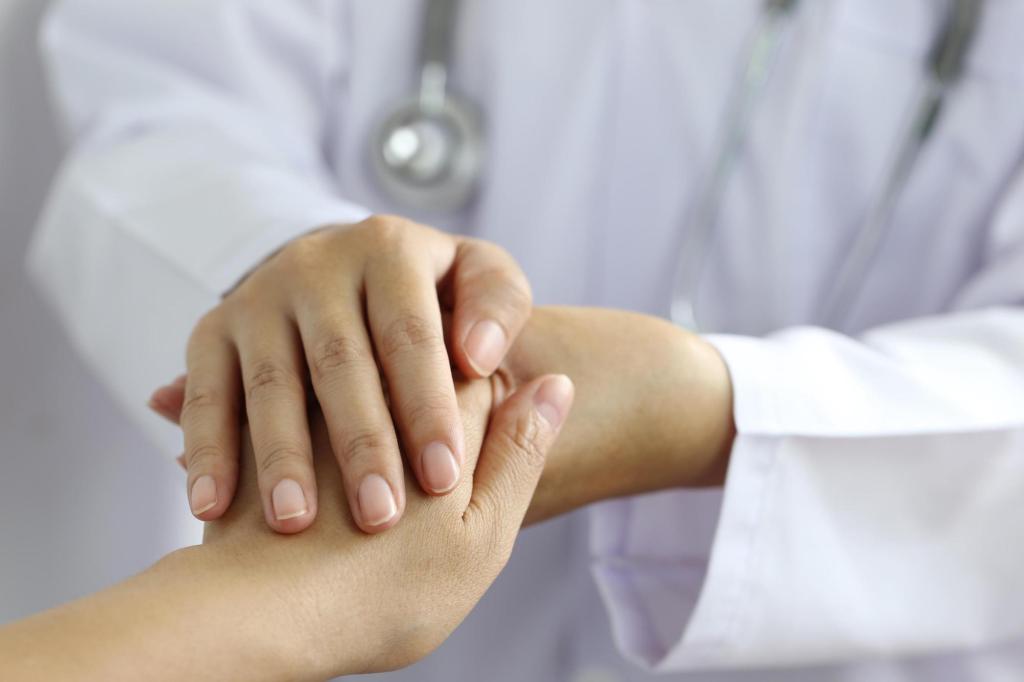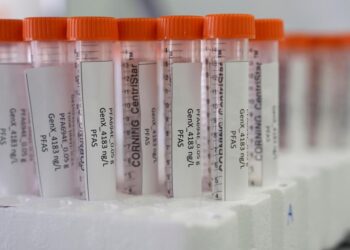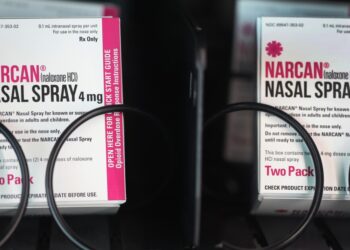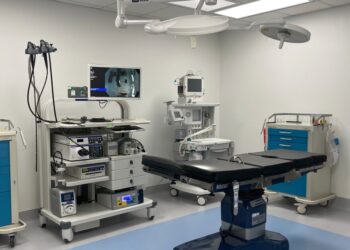Deb Balzer | Mayo Clinic News Network (TNS)
Sexually transmitted infections (STIs) continue to rise the in the U.S and around the globe. The World Health Organization reports more than 1 million new sexually transmitted infections are acquired a day — with the majority of them asymptomatic.
Dr. Stacey Rizza, an infectious diseases physician with Mayo Clinic, says there are many reasons for the continued rise in sexually transmitted infections in the last few years. She says educating people is crucial and an important step in reducing the risks of sexually transmitted infections, which can have long-lasting health effects on the individual as well as society.
“We’ve seen the rate of many sexually transmitted infections going up in the last few years, particularly syphilis,” says Dr. Rizza.
Syphilis, like chlamydia and gonorrhea, are bacterial infections and can be treated with antibiotics. These medications won’t help viral infections, like hepatitis B, HIV and herpes. And not everyone with a sexually transmitted infection will have symptoms.
“That’s part of the difficulty of getting on top of the transmission is some people are asymptomatic, and they’re able to transmit it to others,” says Dr. Rizza.
Screening, understanding risk factors and prevention are crucial.
“The best way to prevent most sexually transmitted infections is with barrier protection during intercourse,” she says.
Meaning condoms or female dental dams, for instance. For those at risk of HIV, there is medication referred to as PrEP, or pre-exposure prophylaxis, and vaccines to prevent HPV and hepatitis B.
Dr. Rizza says protecting yourself also means protecting others.
“If you have a new sex partner or if you have multiple sex partners, then we usually recommend getting tested every three months, even if you’re asymptomatic,” says Dr. Rizza.
Symptoms of sexually transmitted infections
You may be exposed to a sexually transmitted infection and not have any…
Read the full article here







